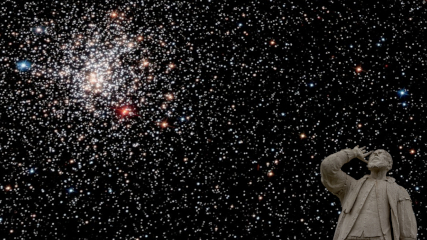The discovery of multiple stellar populations in globular clusters (GCs) represents one of the most important results of the research in the field of stellar astrophysics. The last two decades witnessed a growing number of studies which, by reversing our vision of simple stellar systems compatible with an isochrone, unveiled the complex nature of the GCs . High-precision photometry color-magnitude diagrams revealed that GCs are composed of two or more discrete stellar groups with specific chemical compositions: one with abundances typical of halo field stars, the other(s) with enhanced light-elements as nitrogen and sodium. A sub-group of clusters also exhibits variations in heavy-elements and iron.
Several scenarios of formation and evolution of multiple stellar populations have been proposed so far but none of them fulfills at once all the numerous observational constraints. Important questions, therefore, are still open: How did GCs form in the early Universe? What is their role in the assembly of the Galaxy? Did they significantly contribute to the reionization of the Universe?
The aim of this conference is to connect observation and theory to review the state-of-the-art on multiple populations in GCs and discuss the developments of GC studies in the next future.
The main topics include:
- Composition, kinematics, and general properties of multiple populations
- Connection between multiple populations and GC host galaxies
- Models of formation and evolution of multiple populations
- Multiple stellar population in young and open clusters

